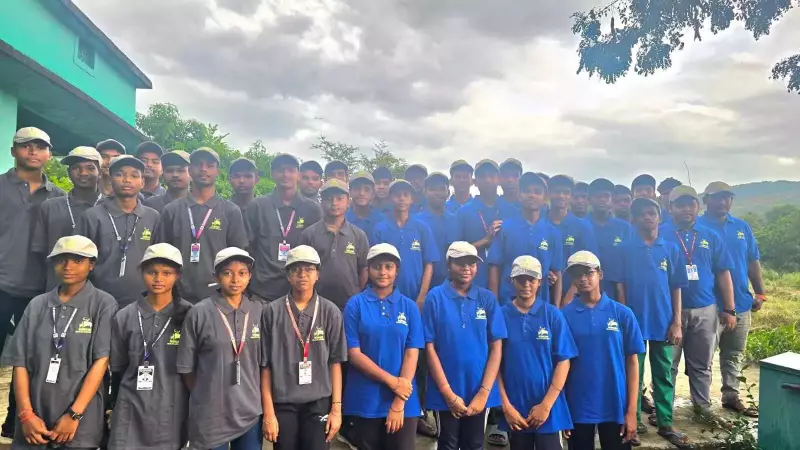
In an innovative move that bridges education and wildlife conservation, Odisha's Debrigarh Wildlife Sanctuary is set to make history by involving students directly in its tiger estimation program starting this November. This groundbreaking initiative represents a significant shift in how India approaches wildlife monitoring and youth engagement in environmental protection.
Young Conservationists Take Center Stage
The sanctuary management has developed a comprehensive plan to train and equip students with the necessary skills to participate in the tiger census. This isn't just a symbolic gesture – students will be actively involved in data collection and field observations under expert supervision.
Why This Initiative Matters
Creating Future Environmental Stewards: By involving students directly in conservation efforts, the program aims to foster a deeper connection with nature and develop the next generation of wildlife protectors.
Enhanced Data Collection: The additional manpower provided by student volunteers will enable more comprehensive coverage of the sanctuary's vast 347-square-kilometer area.
Community Engagement: This approach brings local communities closer to conservation efforts, building stronger support for wildlife protection initiatives.
The Technical Approach
The tiger estimation will employ multiple scientific methods including:
- Camera trap installation and monitoring
- Direct observation techniques
- Pugmark identification and analysis
- Habitat assessment and prey base evaluation
Educational Impact
Participating students will gain hands-on experience in wildlife biology, conservation techniques, and field research methodology. This practical exposure could potentially shape career choices and create lifelong conservation advocates.
"This initiative represents a perfect synergy between education and conservation," says a senior forest official. "We're not just counting tigers; we're cultivating future guardians of our natural heritage."
Broader Conservation Context
Debrigarh's innovative approach comes at a crucial time for tiger conservation in India. With increasing pressure on wildlife habitats, such community-involved programs could become a model for other protected areas across the country.
The November launch timing coincides with optimal weather conditions for field work, ensuring both safety and effectiveness of the estimation exercise.





